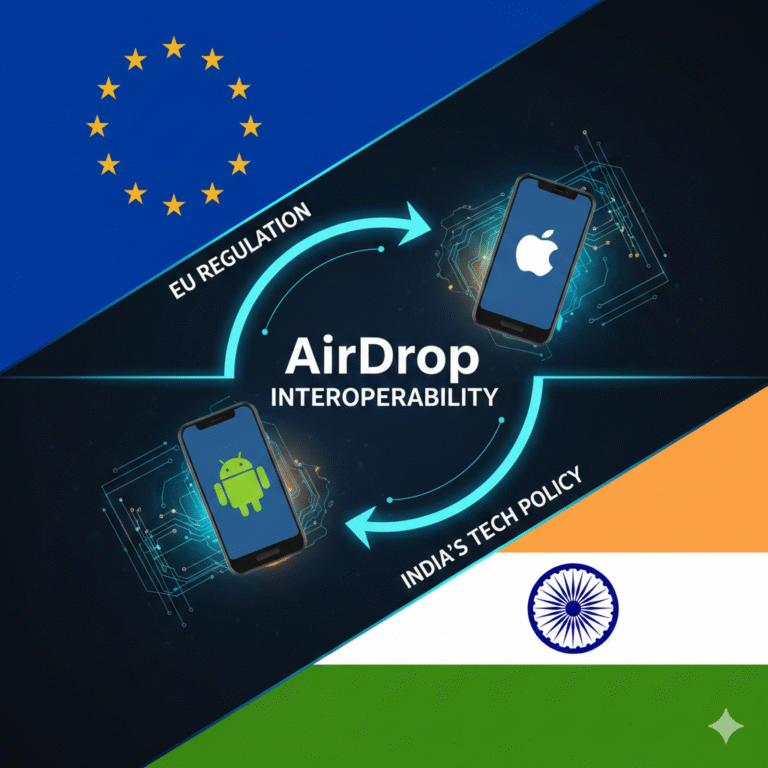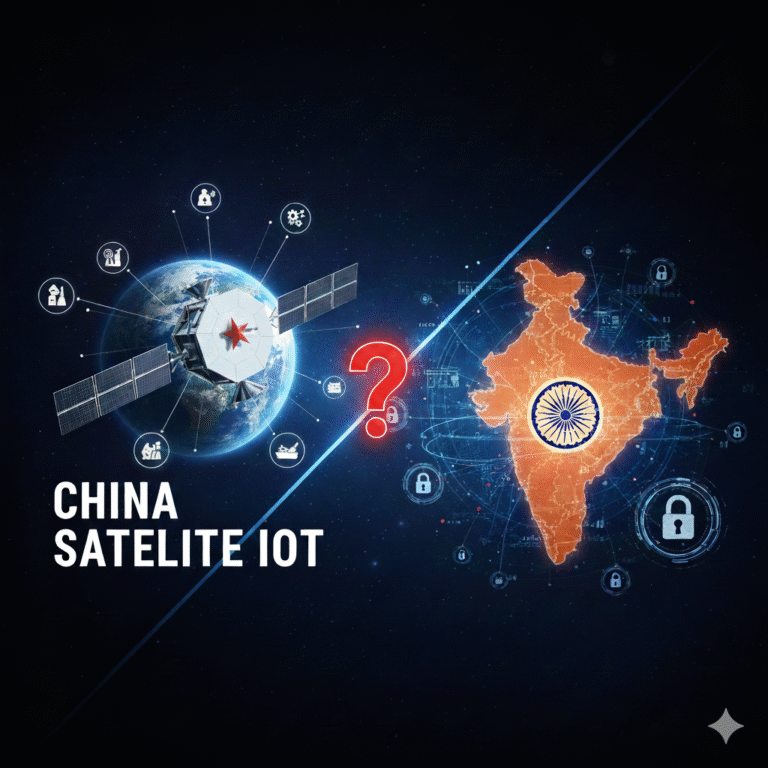A World on the Brink of Transformation In the wake of the Ukraine-Russia war, the ongoing Israel-Palestine conflict, and the recent escalations between India and Pakistan, it is evident that the world is witnessing the emergence of a new geopolitical order. Global alliances are shifting, power dynamics are evolving, and technological advancements, particularly in Artificial Intelligence (AI), are playing an increasingly central role. While AI has seen massive investments in military applications such as autonomous drones, surveillance systems, and cyber warfare, this article argues that its true potential lies in conflict prevention, peacebuilding, and diplomacy.
The Current Geopolitical Landscape: A Pattern of Escalation
Recent years have witnessed a disturbing pattern:
- Ukraine-Russia War: Marked the return of large-scale land warfare in Europe.
- Israel-Palestine Conflict: Escalated tensions across the Middle East with profound humanitarian consequences.
- India-Pakistan Tensions: Renewed concerns about conflict in South Asia, particularly after events like the Pahalgam attack and India’s Operation Sindoor.
In all these scenarios, traditional diplomacy has struggled to keep pace. But can AI offer a smarter path forward?
The Militarization of Artificial Intelligence
Military institutions worldwide are rapidly integrating AI:
- Autonomous Weapons: Lethal autonomous weapon systems (LAWS) that make combat decisions without human intervention.
- Surveillance and Reconnaissance: AI-driven analysis of satellite imagery, facial recognition, and social media tracking.
- Cyber Defense and Offense: AI in identifying vulnerabilities, launching precision strikes, or neutralizing threats.
While effective for tactical objectives, these developments raise ethical, legal, and strategic concerns. They also ignore the immense potential of AI for diplomacy and peace.
AI for Conflict Prevention: A New Frontier

AI, when redirected from war to peace, can serve as an early warning system and decision-making aid:
- Predictive Analytics: Using big data and machine learning to detect early signs of unrest based on economic indicators, social media sentiment, and historical trends.
- Conflict Hotspot Mapping: AI can analyze geospatial and demographic data to identify areas of potential conflict.
- Diplomatic Simulation Models: AI can simulate negotiation outcomes to assist diplomats in crafting better strategies.
Case Studies of AI-Peace Initiatives
Some projects and ideas are already paving the way:
- UN’s Global Pulse Initiative: Uses AI and big data for humanitarian insights, including conflict monitoring.
- PeaceTech Lab: Applies technology and data science to reduce violent conflict globally.
- Harvard’s AI for Peace Research: Focuses on creating AI tools that model the causes of conflict and suggest interventions.
These early efforts showcase the feasibility and promise of AI in conflict mitigation.
Challenges to Implementing AI in Peacebuilding
Despite its promise, using AI for peace is not without obstacles:
- Data Privacy and Surveillance: Risk of infringing on rights while monitoring potential unrest.
- Bias in Algorithms: AI models may inherit systemic biases, leading to flawed predictions.
- Trust Deficit: Governments may hesitate to trust AI outputs over traditional intelligence.
- Lack of Political Will: Peace-focused AI lacks the funding and urgency seen in military R&D.
Ethical Imperatives and the Role of Global Governance
Redirecting AI development requires a robust ethical framework:
- Transparency and Accountability: Clear protocols on how AI models make decisions.
- Inclusive AI Development: Diverse stakeholders, including peacebuilders and affected communities, must be involved.
- International Treaties and Norms: Similar to nuclear arms control, a global framework is needed to govern AI usage.
The Role of Civil Society and Tech Communities
Non-state actors play a crucial role:
- Academia: Universities can lead in AI-for-peace research.
- Startups and Innovators: Can create conflict-sensitive applications.
- Media and NGOs: Can raise awareness and push for peaceful AI applications.
Vision for the Future: AI as a Diplomat
Imagine a world where:
- AI alerts governments to simmering tensions before they erupt.
- AI bots mediate in online hate speech and de-escalate digital violence.
- Automated negotiation systems help resolve resource disputes.
Such a future is within reach if we reimagine AI as a peace enabler rather than a weapon.
Policy Recommendations
To realize AI’s peace potential:
- Increase Funding: Governments must fund AI-for-peace initiatives.
- Public-Private Partnerships: Collaborations between tech firms, governments, and NGOs.
- AI Education for Diplomats: Equip foreign service professionals with AI literacy.
- Create Global AI Peace Taskforces: Multinational efforts to design and deploy AI peace tools.
Conclusion: Reclaiming the Moral Compass of Innovation
At a time when AI is being steered toward war, it is critical that we reclaim its transformative power for peace. History will not only judge us by our inventions but also by how we chose to use them. AI has the potential to become one of humanity’s greatest allies in preventing conflict and sustaining peace—but only if we act now.
This blog reflects the pressing need for a shift in how we view AI. Instead of being a tool of destruction, it can become the guardian of global peace.









+ There are no comments
Add yours